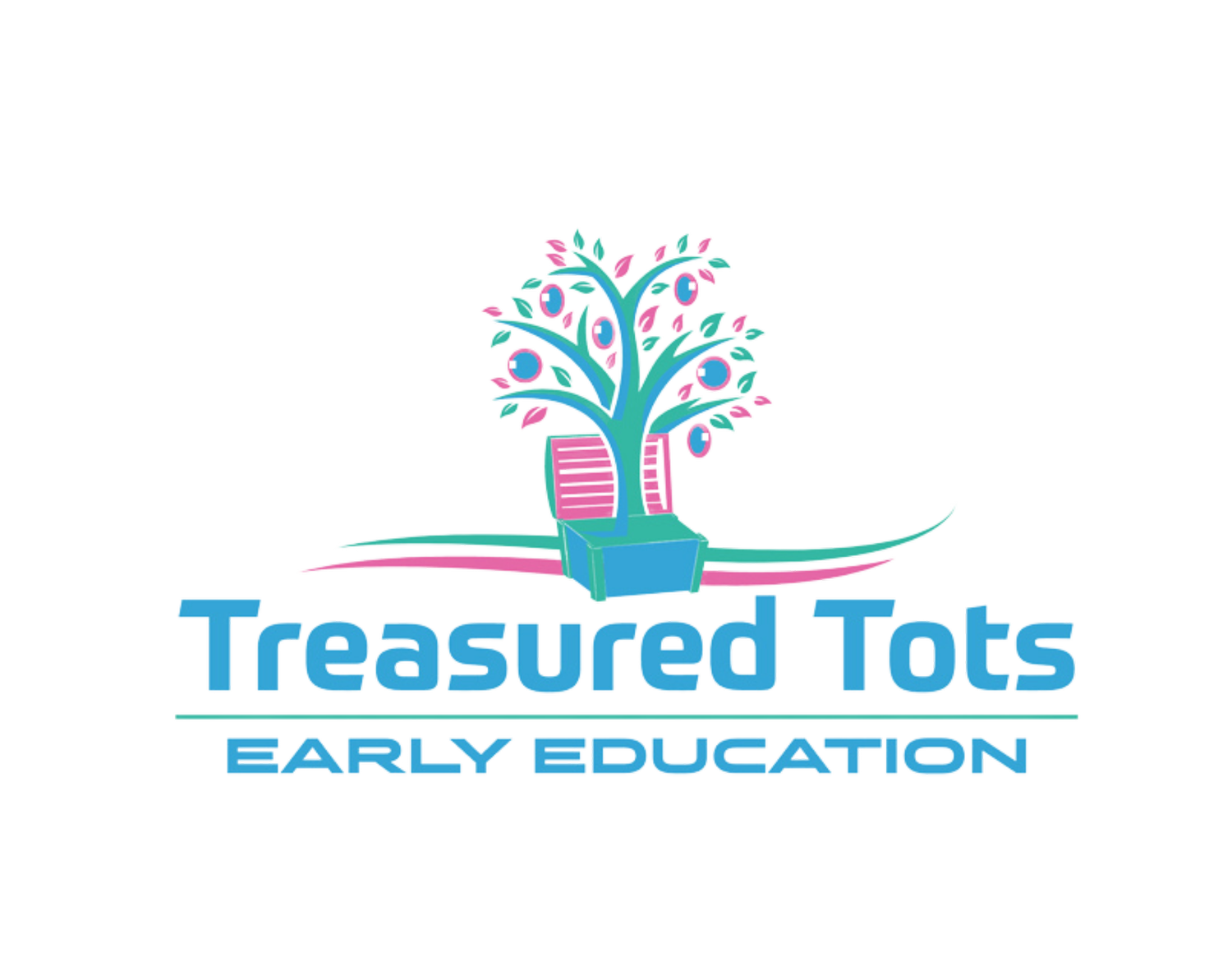How To Prepare Children with Special Needs for Early Learning
When it comes to children with special needs and their early learning experience, the most important thing that an educator needs to focus on is that - first and foremost, children are children.
Each one is unique. Each has individual needs and each has an innate curiosity and ability to learn. Crucially, every child has a right to quality early education a s a vital step towards their social, intellectual and emotional development and wellbeing.
Understandably however, some educators may have concerns and queries about how best to prepare and support a child with special needs.
There are many different and often complex, diagnoses to understand and the challenges may seem daunting at first. But an educator who looks beyond the label, who focuses on inclusion and engagement and who makes modifications to the learning environment to support a child with developmental or intellectual challenges is likely to achieve positive outcomes.
The best start in preparing Children with special needs for early learning is through an open, collaborative approach with parents and specialists. Everyone in the child’s community is important to his or her learning and growth. The parents of the child, the child himself, the educator and the other children at the early learning centre should be prepared as thoroughly as possible to ease the child’s transition to school and to achieve the best possible results.
For example, parents can talk positively to the child about starting school, read books together about what to expect, get the child excited with an interactive ‘countdown calendar’, visit the early learning centre beforehand and meet the educators and support team.
Much can also be done by the educators.
Here are some key fundamentals for making learning environments more inclusive and for educators to help each child reach their full potential:
Have a collaborative approach. Tap into the specialist knowledge and experience of the child’s parents, caregivers, consultants and specialists upfront so you can gain a better understanding of the situation, set goals and evaluate progress. Communication between all members of the child’s wider support group needs to be open and honest - and it needs to be ongoing.
Modify the learning environment. Small things can make a huge difference. For example, painting or drawing using an easel can be easier for a child with motor development challenges than working on a tabletop, so make practical adaptations wherever appropriate. Ensure that furnishings and props in the classroom and outside are appropriately located so that a child with visual or physical disabilities or who is in a wheelchair can manoeuvre around them with ease. Keep an eye out for obstacles, barriers or tripping hazards like a loose mat. Modifying equipment and resources to facilitate and encourage their use is also really important eg putting grips on pencils, knobs on puzzle pieces and tabs or giant paper clips on the pages of books.
Create appropriate classroom spaces. Additional lighting may help someone who is visually impaired and a dedicated quiet space can be beneficial in calming an overactive or aggressive child.
Have a visual representation of the daily routine (using pictures etc). This will help a special needs child understand what the day involves and to move between activities more easily.
Encourage peer support. Organising the children to play in pairs or groups will help make the child with special needs feel included and valued. And always be mindful of their physical location in the classroom and in the playground to make sure they aren’t isolated or excluded (eg put a child in a wheelchair in the middle of a group, not on the periphery).
Find tools and activities that promote interaction and friendship. If the child is non-verbal or has communication challenges, provide alternative options like picture cards or symbols and teach all the children how to use these. It’s also vital that a culture of inclusion and acceptance is promoted at all times and that if a child has questions about anyone’s differences that these are answered honestly and openly.
Be a positive role model. Be a play partner with the special needs child to demonstrate appropriate behaviour.
Focus on the child as a whole, rather than on the disability. Choose activities that support their strengths and interests and encourage independence and self-help wherever possible.
Choosing the right school for your special needs child is an important decision and you should consider all the options carefully. You may want to consider an early education centre that is inspired by the Reggio Emilia approach because it’s very child-centric. Each child is treated equally, each child is considered unique and each child matters and centres like Treasured Tots early learning in Bibra Lake strive to provide loving care and rich education that focuses on individual development and learning in a family-focused, co-operative, inclusive and very supportive way.

